I was in high school in 1968 when my mother told my sister and me to walk downtown and volunteer at the Bobby Kennedy for President campaign headquarters. We lived in Orange, California and the office was on Chapman, not too far from the circle. We were just teenagers and were told we were too young to walk precincts so we helped around the office. This was my first political campaign and I was all in for Bobby. It was heartbreaking to win the California Primary . . .
"I think we can end the divisions within the United States. What I think is quite clear is that we can work together … We are a great country, a selfless … and a compassionate country … So my thanks to all of you and on to Chicago and let's win."
And then it was over.
I have never had confidence that we have learned the truth about the assassinations of the three most inspirational leaders of my youth, John Kennedy, Martin Luther King, Jr., and Bobby Kennedy.
"I think we can end the divisions within the United States. What I think is quite clear is that we can work together … We are a great country, a selfless … and a compassionate country … So my thanks to all of you and on to Chicago and let's win."
And then it was over.
I have never had confidence that we have learned the truth about the assassinations of the three most inspirational leaders of my youth, John Kennedy, Martin Luther King, Jr., and Bobby Kennedy.
"Abraham, Martin And John"
Anybody here seen my old friend Abraham?
Can you tell me where he's gone?
He freed lotta people but it seems the good they die young
You know I just looked around and he's gone
Anybody here seen my old friend John?
Can you tell me where he's gone?
He freed lotta people but it seems the good they die young
I just looked around and he's gone
Anybody here seen my old friend Martin?
Can you tell me where he's gone?
He freed lotta people but it seems the good they die young
I just looked around and he's gone
Didn't you love the things that they stood for?
Didn't they try to find some good for you and me?
And we'll be free
Some day soon, it's gonna be one day
Anybody here seen my old friend Bobby?
Can you tell me where he's gone?
I thought I saw him walkin' up over the hill
With Abraham, Martin, and John
Anybody here seen my old friend Abraham?
Can you tell me where he's gone?
He freed lotta people but it seems the good they die young
You know I just looked around and he's gone
Anybody here seen my old friend John?
Can you tell me where he's gone?
He freed lotta people but it seems the good they die young
I just looked around and he's gone
Anybody here seen my old friend Martin?
Can you tell me where he's gone?
He freed lotta people but it seems the good they die young
I just looked around and he's gone
Didn't you love the things that they stood for?
Didn't they try to find some good for you and me?
And we'll be free
Some day soon, it's gonna be one day
Anybody here seen my old friend Bobby?
Can you tell me where he's gone?
I thought I saw him walkin' up over the hill
With Abraham, Martin, and John
"It is from numberless diverse acts of courage and belief that human history is shaped. Each time a man stands up for an ideal, or acts to improve the lot of others, or strikes out against injustice, he sends forth a tiny ripple of hope, and crossing each other from a million different centers of energy and daring those ripples build a current which can sweep down the mightiest walls of oppression and resistance."
~ Robert F. Kennedy, University of Cape Town, South Africa, June 6th, 1966
~ Robert F. Kennedy, University of Cape Town, South Africa, June 6th, 1966
I have worked for candidates for various political offices all my life, from Bobby's presidential campaign up to today. I have worked for social justice, boycotting grapes in support of United Farm Workers then, boycotting slave-master Walmart today. Rest in Peace, John, Martin, and Bobby. May your ideals live on - in me and in the millions who draw inspiration from your words and the models of your lives of action. ~ Dr. P-J
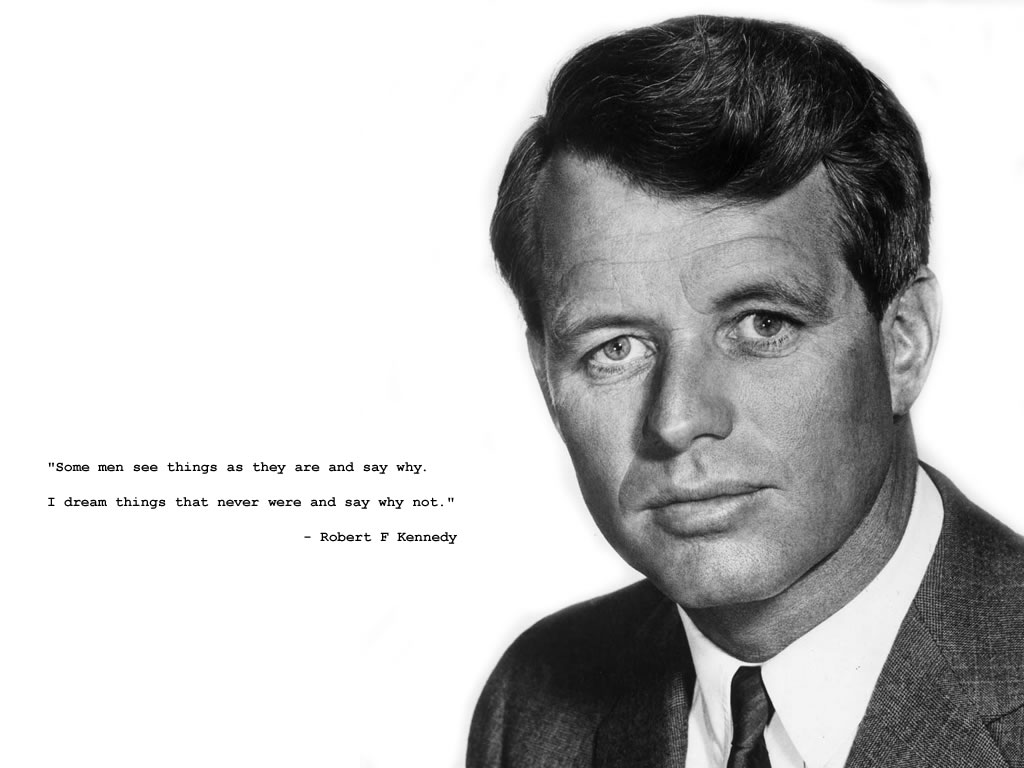
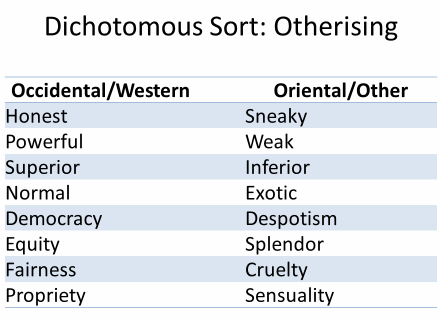
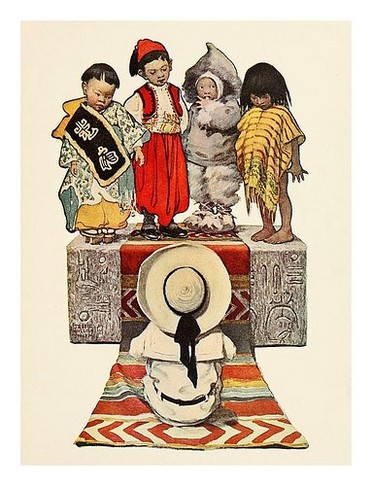
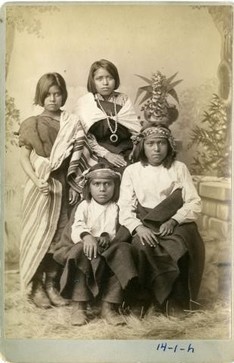
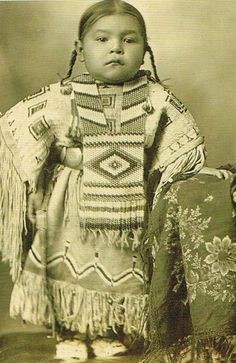
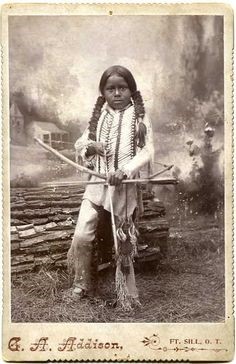
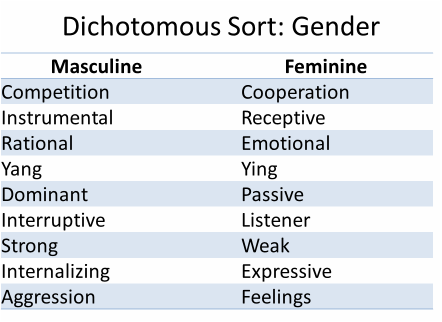
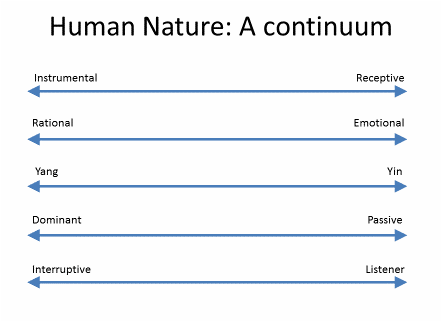
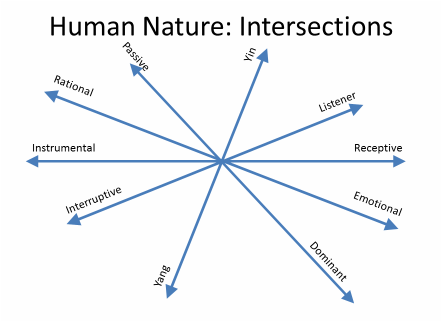
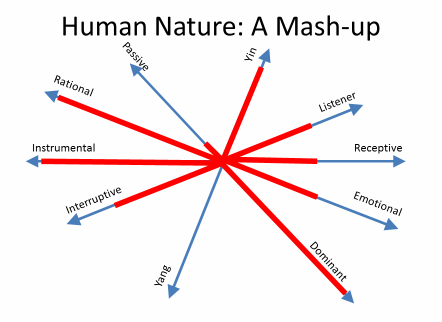
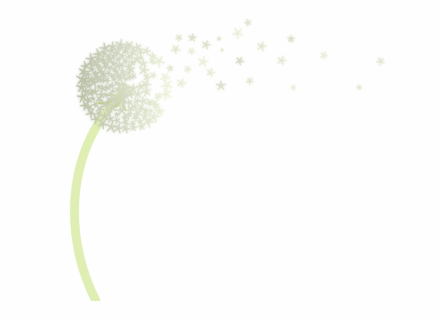
 RSS Feed
RSS Feed